We checked in with a few of our recent Ph.D. graduates to learn about their plans after Yale. Their chemistry research will revolutionize health, environmental sustainability, art conservation, and technology through breakthroughs in disease treatment and prevention, green energy, materials science, AI, and more.
Read their profiles below.
Ph.D. Graduate Profiles
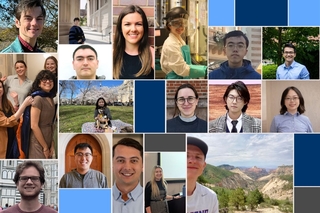
Phillips Hutchison, Hanyu Liu, Mikaela DiBello, Eleanor Stewart-Jones, Bo Shang, Duc Chu, Valentina Rangel Angarita, José Vergara Panzone, Jiayun Zhong, Olivia Moss, Haote Li, Xin Huang, William Lake, Zhi Xu, Conor Rooney, Lauren Klein, and Benjamin Groff
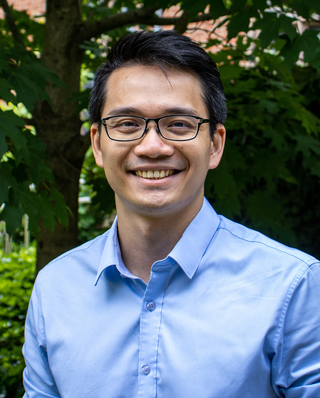
Duc Chu ’24 Ph.D.
Organic Chemistry
Faculty Advisor: Prof. Jonathan Ellman
Dissertation: Method Development for the Synthesis of Pharmaceutically Relevant Chemical Structures
“I am working as a process chemist at Purisys. I synthesize organic molecules that serve pharmaceutical purposes. My long-term goal is to be able to eventually contribute to the success of a commercial drug.”
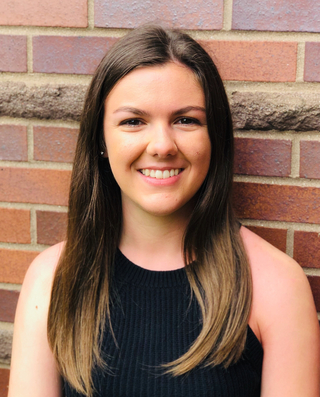
Mikaela DiBello ’25 Ph.D.
Organic Chemistry
Faculty Advisor: Prof. Seth Herzon
Dissertation: Total Synthesis of Novel Core Modified Pleuromutilin Analogs and Studies Towards the Total Synthesis of (-)-Lomaiviticin A
“I am now working as a medicinal chemist at GlaxoSmithKline, contributing to the development of novel therapeutics to prevent and treat disease.
Throughout my career, I hope to play a role in developing new drugs that allow people to live healthier and longer lives. In doing so, I hope to also help advance medicinal science as a whole, allowing the scientific community to continue making breakthroughs in disease prevention and treatment.”
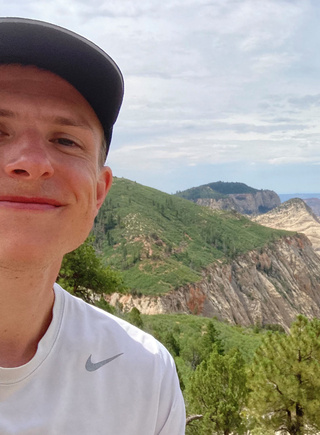
Benjamin Groff ’24 Ph.D.
Inorganic Chemistry
Faculty Advisor: Prof. James Mayer
Dissertation: Unraveling the Relationship Between Kinetics and Thermodynamics in Hydrogen Atom Transfer Reactions
“After finishing my PhD at Yale, I began a postdoctoral fellowship at the University of Pennsylvania, working in the lab of Prof. Karen Goldberg. I am working to develop strategies for breaking the strong C–H bonds of methane. Existing processes that turn methane into other chemicals require very high temperatures and pressures and are thus quite energy-intensive. Moreover, due to the difficulty of transporting a flammable gas, much of the methane that comes out of the ground is flared off into the atmosphere (burned). Identifying and developing new ways of turning methane into other liquid fuels and feedstock chemicals is thus also an opportunity to mitigate these greenhouse gas emissions.”
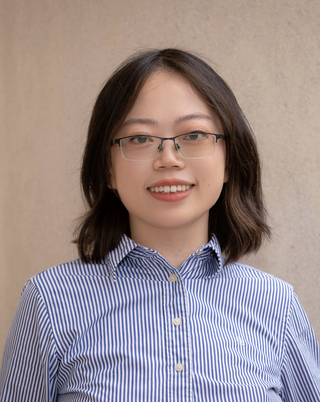
Xin Huang ’25 Ph.D.
Chemical Biology
Faculty Advisor: Prof. Jing Yan
Dissertation: Molecular Mechanism of Vibrio Cholerae Biofilm Adhesion
“I am heading to Princeton University for my postdoctoral research, where I will study bacterial transcriptomics. At Yale, my PhD research focused on bacterial biofilms, exploring how Vibrio cholerae uses two adhesins with overlapping but distinct functions to achieve robust adhesion to diverse surfaces.
In the long term, I aim to study how bacteria interact with their environments and with human hosts, with the goal of developing new therapies that harness or target microbes. This work could lead to new ways to treat infections, improve gut health, or engineer microbes to perform helpful tasks – ultimately using our understanding of bacteria to benefit human health.”
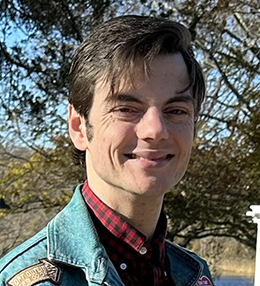
Phillips Hutchison ’24 Ph.D.
Theoretical Chemistry
Faculty Advisor: Prof. Sharon Hammes-Schiffer
Dissertation: Electrochemical Proton-Coupled Electron Transfer at Molecular Species Immobilized on Conductive Electrode Surfaces
“I am currently a postdoctoral researcher in the Mechanical and Aerospace Engineering Department at Princeton University. My research focuses on using correlated wavefunction methods to study plasmonic enhancement of catalysis.
Plasmonic metal nanoparticles have the ability to catalyze industrially relevant chemical reactions with high selectivity and high efficiency. The plasmonic enhancement can occur in a variety of ways, and understanding how a given chemical reaction is enhanced is crucial to improving these catalysts. By studying these reactions with electronic structure methods that account for electron correlation, we are able to accurately model excited states and determine different mechanisms of plasmonic enhancement.”
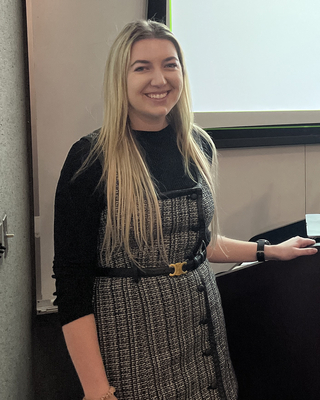
Lauren Klein ’25 Ph.D.
Faculty Advisor: Prof. Kurt W. Zilm
Dissertation: Structural Studies of Cellular Prion Protein and Amyloid-Beta Oligomers
“I finished my dissertation while working a full-time job for the last four years, so I have already moved on to my next stage. For the past few years, I have worked as the collections and lab manager at NYU’s art conservation graduate program. I have a background in conservation science pre-Yale as well as a degree in art history. I also teach and assist with instrumental analysis and material science courses here at NYU. I hope to grow my role into more of a staff scientist. I would like to continue teaching and doing research in the art conservation science space.”
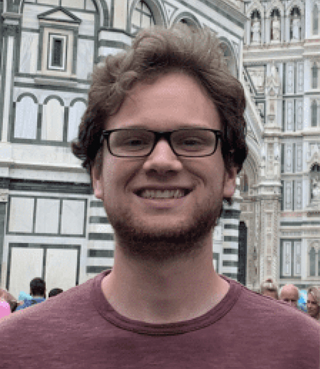
William Lake ’24 Ph.D.
Computational Chemistry
Faculty Advisor: Prof. Sharon Hammes-Schiffer
Dissertation: Investigations into Nanoscale Electric Fields near Surfaces and Ions with Computational Vibrational Probes
“At Yale, I spent five years building computational models of electrochemical systems, like batteries. I’ve taken a couple of months to work on side projects in statistics and computer science, like building an election forecasting model, and hope to continue that trend of building useful, mathematical models for interesting problems.
My chemical models are meant to improve our ability to do safe electrochemistry. This mostly impacts two sectors – energy and defense – and hopefully, it is a small step forward in our understanding that lets us build better batteries or catalysts.”
Haote Li ’25 Ph.D.
Theoretical Chemistry
Faculty Advisor: Prof. Victor Batista
Dissertation: Continization and Language Representation of Chemical Information
“I have been studying the connections between molecular representation and natural language. My research focuses on enabling technologies that bridge the gap between chemical structures and language-based information.
My long-term goal is to develop frameworks that allow us to extract meaning from the relationship between language and chemical representations. Natural language is humanity’s most powerful repository of information, and by establishing measurements between linguistic and molecular representations, we can answer questions about properties that molecules alone cannot reveal. I believe the future, especially pharmaceutical development, lies in integrating information from all available sources, ultimately represented through natural language. Tapping into the vast knowledge embedded in scientific literature, reports, and other text-based sources that traditionally remain separate from molecular modeling is my passion.”
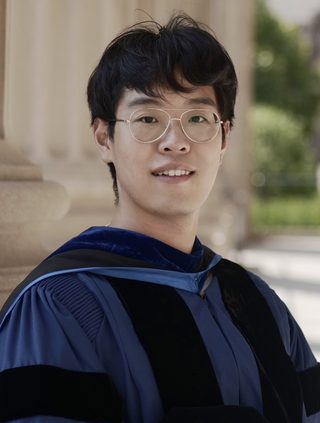
Hanyu Liu ’25 Ph.D.
Faculty Advisor: Prof. Gary Brudvig
Dissertation: Transition Metal Complexes for Electrocatalytic Ammonia Oxidation
“I am a postdoctoral associate at MIT. I am working on metal-organic hybrid materials for neuromorphic computing. My long-term goal is to pursue scientific research in either academia or industry.”
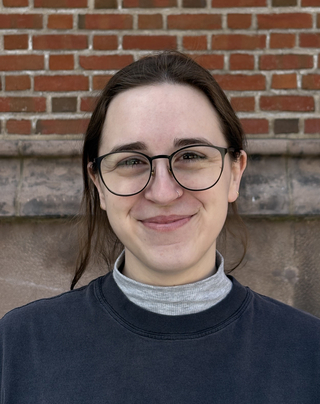
Olivia Moss ’25 Ph.D.
Physical Chemistry
Faculty Advisor: Prof. Mark Johnson
Dissertation: Characterizing the Photochemistry and Photophysics of Benzoylbenzoate and Formylbenzoate Anions using Cryogenic Ion Spectroscopy
“I’ll be starting my postdoc studies on complex mixture analysis at the fourier transform ion cyclotron resonance (FT-ICR) facility of the National High Magnetic Field Laboratory in Tallahassee, Florida. The FT-ICR facility is a user facility at the MagLab, so I’m excited to build collaborative relationships with scientists around the nation.”
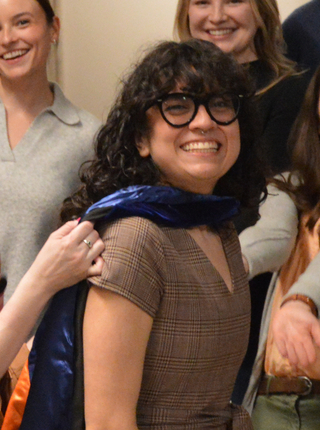
Valentina Rangel Angarita ’25 Ph.D.
Physical Chemistry and Chemical Biology
Faculty Advisor: Prof. Stacy Malaker
Dissertation: Mucinomics Enables Characterization of Mucins in the Tumor Microenvironment
“I am a postdoctoral researcher at the University of Michigan under Prof. Brandon Ruotolo, developing and performing native mass spectrometry (MS), top-down proteomics, and ion mobility spectrometry.
I am interested in applying MS techniques to characterize biologically relevant molecules, like monoclonal antibodies and therapeutic targets. This would hopefully accelerate treatment discovery for many malignancies, like cancer.”
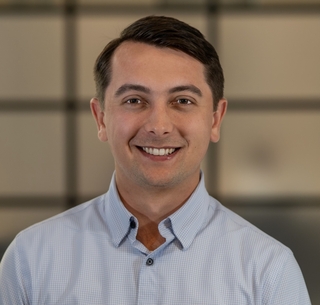
Conor Rooney ’24 Ph.D.
Materials Chemistry
Faculty Advisor: Prof. Hailiang Wang
Dissertation: Waste to Worth: Diversified Products from CO2 and NOX Electroreduction
“I am the founder and CTO of a startup company, Oxylus Energy, working on commercializing my Ph.D. work in Prof. Hailiang Wang’s lab at Yale on electrochemical CO2 conversion. We operate an R&D laboratory in Branford, CT, where we have a team of ~10 scientists and engineers working on developing the technology.
Our mission at Oxylus Energy is to de-fossilize industry by recycling CO2 into renewable fuels. We believe that drop-in solutions for hard-to-abate sectors such as aviation, maritime shipping, and chemicals are the fastest and most economical way to reach net-zero emissions.”
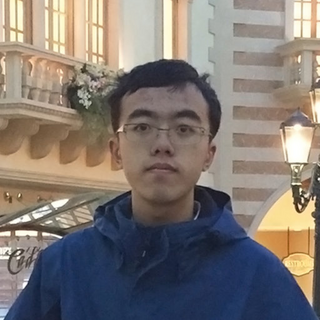
Bo Shang ’25 Ph.D.
Faculty Advisor: Prof. Hailiang Wang
Dissertation: Light-Enhanced Electrochemical and Photochemical CO2 Reduction
“I will be joining Oxylus Energy as a founding engineer as my next step. I will be working on scaling up the carbon dioxide reduction membrane electrode assembly (MEA) electrolyzer.
For my goal at Oxylus Energy, the company and I aim to build a CO2 electrolyzer to reduce carbon dioxide to useful fuels like methanol. Our core technology is based on a unique catalyst that valorizes waste gas in the atmosphere into useful chemicals. This work will finally enable a more sustainable future with green fuels.”
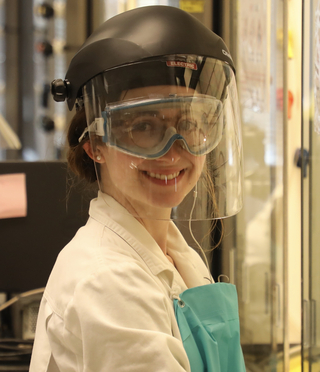
Eleanor Stewart-Jones ’25 Ph.D.
Inorganic Chemistry
Faculty Advisor: Prof. James Mayer
Dissertation: Understanding the Surface Chemistry of Porous Silicon for Applications in Hybrid Photoelectrocatalysis
“During my PhD, I worked on a new type of catalyst to reduce CO2. In the Mayer Lab, I studied the surface chemistry of a material called porous silicon and worked with collaborators to create CO2-reducing hybrid photocatalysts using this material.
Now, as I am moving on from graduate school, I am extremely motivated to use my career to address problems related to climate change. I am currently working to find a job within the space of carbon containment and green energy.”
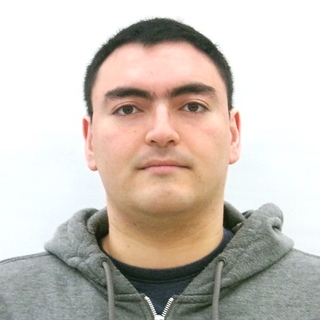
José Vergara Panzone ’25 Ph.D.
Organic Chemistry
Faculty Advisor: Prof. Craig Crews
Dissertation: Development of Regulated Induced Proximity Targeting Chimeras (RIPTACs) for Cancer-Specific Proteins
“I will be a postdoctoral researcher at the Koch Institute for Integrative Cancer Research at MIT. I will be working in the lab of Prof. Angela Koehler on the development of small-molecule ligands for oncogenic and pathogenic transcription factors.
Cancers hyperactivate transcription factors to evade the body’s anti-cancer defense mechanisms. Development of transcription factor ligands enables us to fight back against these cancers by turning them off, making cancer cells vulnerable.”
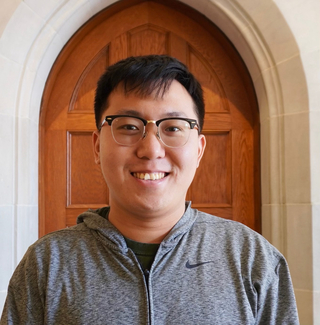
Zhi Xu ’25 Ph.D.
Faculty Advisor: Prof. Seth Herzon
Dissertation: Development of an Enantioselective Synthesis of (–)-Euonyminol and Studies Towards the Total Synthesis of (–)-Lomaiviticin A
“I will be conducting research as a postdoctoral associate at Princeton University and working on biocatalysis and organic methodology development. I would like to work in the pharmaceutical industry as a researcher in the long term.”
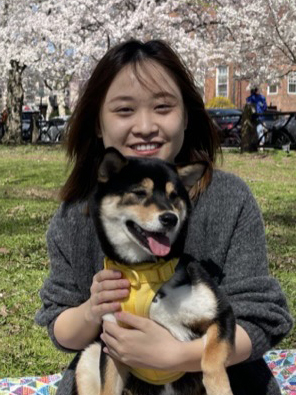
Jiayun Zhong ’25 Ph.D.
Computational Chemistry
Faculty Advisor: Prof. Sharon Hammes-Schiffer
Dissertation: Computational Approaches to Understanding the Proton-Coupled Electron Transfer Reactions in Ribonucleotide Reductase
“I will be working as a data scientist at Microsoft, using AI and data-driven insights to guide the team to enhance the user experience.”